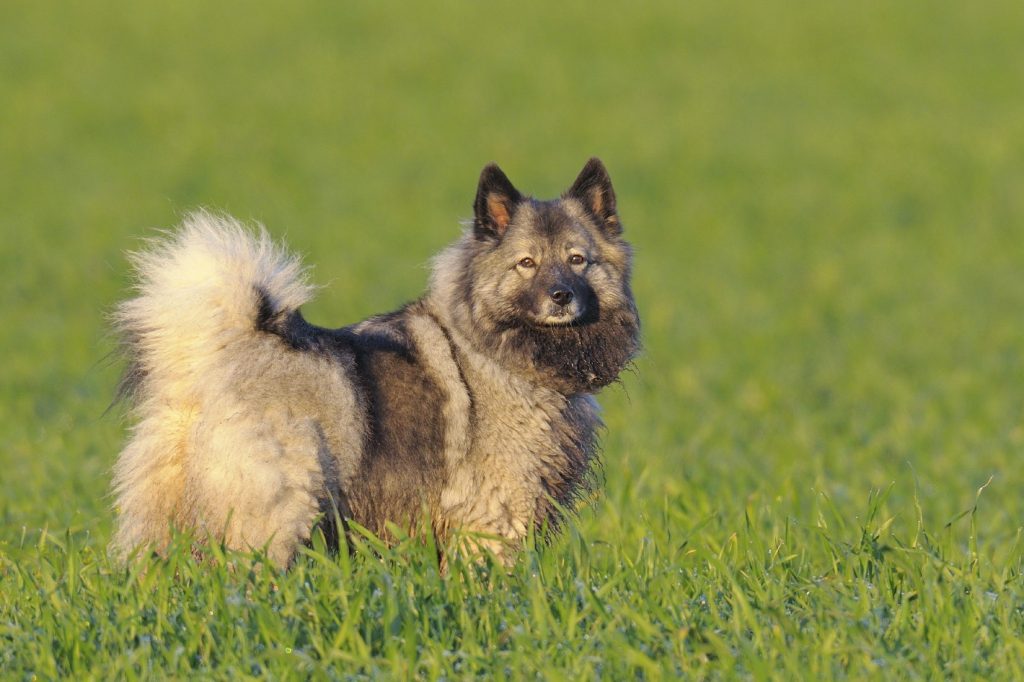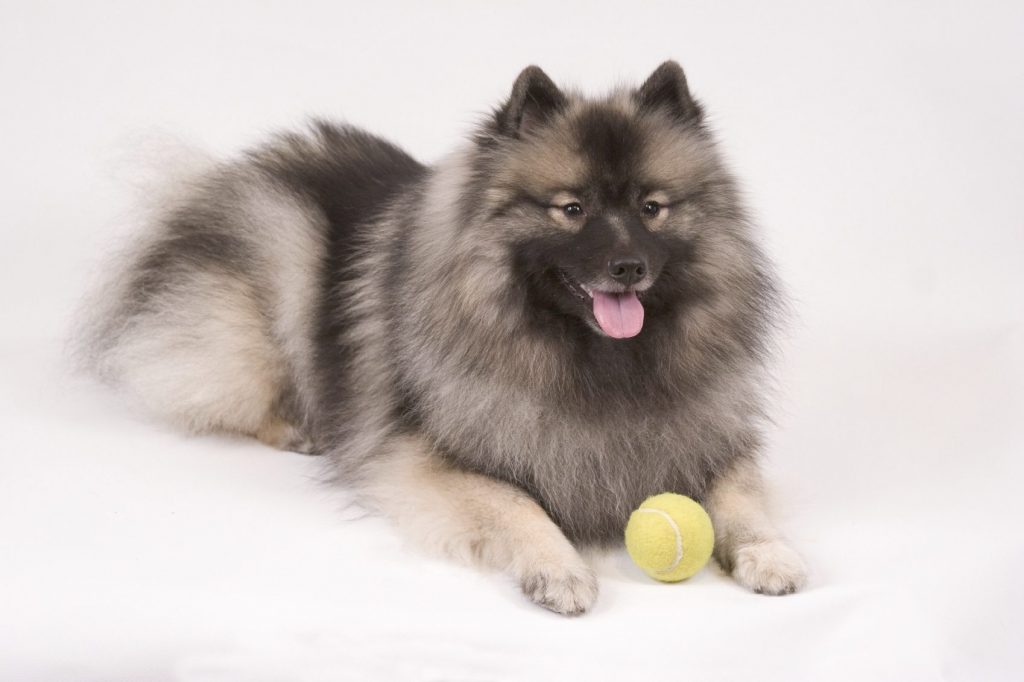The Keeshond History
The Keeshond, originating in the Netherlands, is a member of the Spitz family of dogs. As far back as the 18th century, they worked on canal barges village homes, and on farms as watch dogs. The breed was originally known as the Dutch barge dog. The name was changed to Kees to honor the head of the People’s Party, whose nickname was Kees. The dog soon became the mascot of the People’s Party and was called the dog of Kees. Over time it became known as the Keeshond, which is actually pronounced as Case’hond.
Breed Appearance
These dogs can be easily identified by their unique facial markings, known as spectacles, which gives them the appearance of being intelligent. Luckily, they do live up to the look as they are lively, alert, and very trainable.
This medium sized breed is included in the AKC’s Non-Sporting Group. They have a lifespan of 12 to 14 years. Their muzzles are of medium length in relationship to its head. The Keeshond coat is harsh with long straight hair and a thick downy undercoat. They also have a thick mane of fur around the neck. Their legs and cat-like feet have cream colored hair that is smooth and short. The coloring on the rest of their body is a combinations of grey and black.
If you don’t like dog hair all over your house, or you are allergic to dog hair, this breed may not be for you as they are heavy seasonal shedders. They require bi-weekly brushing to keep their coats from matting. The Keeshond grows to be 17 to 18 inches tall at the shoulder, with a weight equal to its size, usually 36 to 40 pounds. Their size makes them a very suitable dog for a small house or large apartment.

Personality
The Keeshond does well with children and is very loyal. They also like to bark, so they make great watch dogs – but love most everyone so they are not great at actually guarding. When socialized they get along well with other dogs and, when barking, can be trained to stop after the first bark. A daily walk is required, and the dog will let you know if he needs more invigorating exercise and they typically spin in circles when excited or full of energy. Being related to the Samoyed, they like colder climates and do not do well in the heat.
Health
Health problems for this breed are hip dysplasia, heart disease, and skin problems. Some Keeshonds develop sniffles with strenuous exercise. Strenuous exercise may also contribute to the development of trick knees. Training needs to be firm, gentle and prompt.
Training
It is important to remain consistent and confident with a Keeshond. Be sure the dog knows the boundaries and limits of what he should or should not do. Start training and socialization early in life. These dogs thrive on routine.










